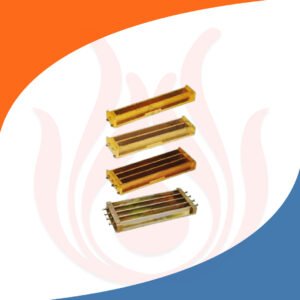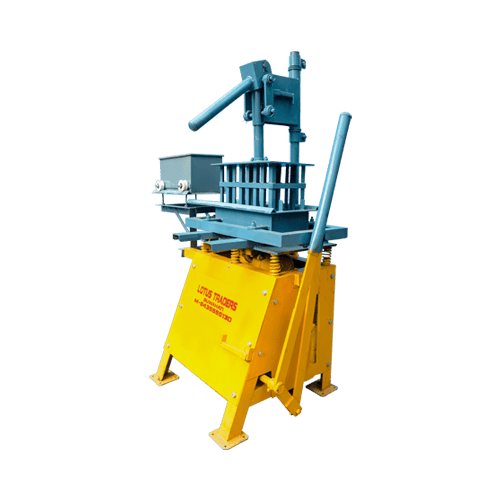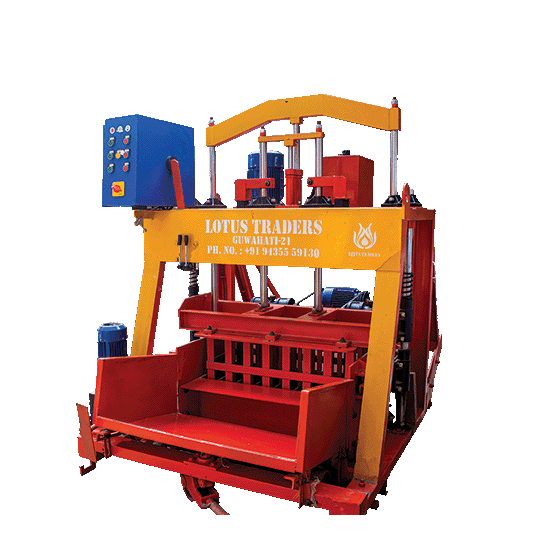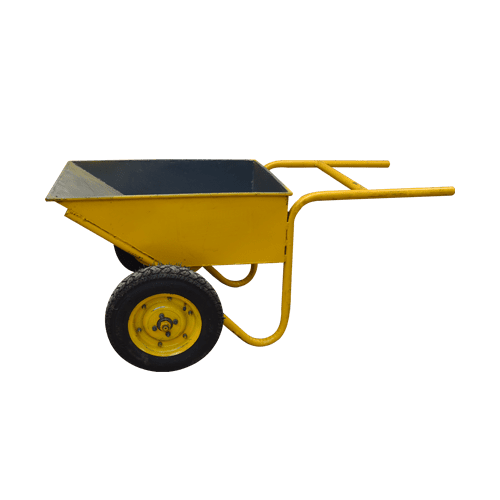Shrinkage Bar Mould
- High Quality Materials
- Compliance With Standards
- Clear Product Information
- Warranty & Support
- Product Testing & Certification
- Delivery & Policy
- Ask a Question
- Estimated Delivery: 5 Days – 10 Days
- DESCRIPTION
FEATURE | SPECIFICATION |
Size of the mould | 25*25*282 |
Effective size of the mould | 25*25*250 |
Information About Shrinkage Bar Mould
Shrinkage bar mould: Empowering strong foundation.
Shrinkage properties play an important role in cement material testing and analysis especially when it comes to the integrity and longevity of numerous components involved in constructing buildings or structures. This process starts with an essential tool known as a shrinkage bar mould which allows measuring cement specimen to be cast perfectly for detailed shrinkage test and analysis. By providing precise casting and measurement of cement sample, this equipment enables comprehensive shrinkage testing, ensuring the structural integrity and durability of various construction components.
Understanding the shrinkage bar mould:
A common type of a mould used in the production of shrinkage test bars is referred to as a ‘shrinkage bar mould’ which is formed from durable and non-contaminating material. This simple tool with standardized dimensions and user- friendly design makes it possible to create true to size and comparable cement samples used by construction professionals or test lab employees to evaluate dimensional stability of the cement and shrinkage properties ensuring all standards and regulations are complied with.
Key specifications:
This equipment is made up-of high-quality material, shrinkage bar mould ensures precision and perfection in every casting output. Its best-in-class dimensions are:
Size of the mould: 25 x 25 x 282.
Effective size of the mould: 25 x 25 x 250.
These dimensions are best for bar moulding procedure and further testing.
Shrinkage in cement:
Shrinkage in cement is a decrease in either volume or linear dimension of concrete resulting from shrinkage stresses which lead usually to cracking and distortion of the structure. The phenomenon occurs because of losing water that is shed by the cement matrix after cement setting and subsequent drying. The shrinkage is one of the biggest problems faced in constructing because it affects the longevity and stability of concrete structures after they are completed. The structural performance and durability of concrete will depend on proper assessment and management of shrinkage through good mix designs and construction techniques that minimize its effects.
Casting procedure with shrinkage bar mould:
The casting procedure using shrinkage bar mould demands a rigorous preparation of cement mixtures that conform to a particular engineering design specification and test standards. Cement prepared for compacting is poured into the set-up mould and vibrated to ensure air void removal and uniform distribution of the material. Then following hardening and maturing of the cement for stipulated period, very careful removal of shrinkage bar from mould takes place and measurement of various sections for evaluation regarding shrinking over time which gives useful information on different ambient situations and stresses.
Usages of the shrinkage bar mould:
Shrinkage bar mould is a common tool for measuring dimensional stability and shrinkage characteristics in research labs, production units, and QC department during the construction process. This device assists in formulating and optimizing the cement mix design and hence produces hardy and quality cement for use in building bases, structural parts as well as infrastructure works.
Advantages of utilizing the shrinkage bar mould:
Shrinkage bar mould is a new product technology for determining precise and reliable shrinkage characteristics of cement. This instrument helps in early identification of any shrinkage related problems with a view of putting remedial measures at an early stage to keep material properties as well as the integrity of cement construction intact.
Importance of the shrinkage bar mould:
For the major parts of building projects, cement is used for different dimensional stability purposes. Without doubt this product is indispensable. Hence, the shrinkage bar mould is very important in the sphere of the construction industry as well as in the sphere of economics about durability issue. This instrument helps obtain strong and durable cast cement parts which is critical for modern construction practice and cement standards.
Conclusion:
Lotus Traders is reputed as one of the best providers of construction equipment all over Assam. Selecting a specific shrinkage bar mould gives them access to a reliable tool that guarantees precision as well as accuracy in castings and measurements of concrete samples which are used in making high quality and strong concrete required in numerous construction activities. However, since lotus traders insist on cutting edge technology and quality, it assures the buyer of smooth testing processes, reliability, and longevity for the instruments bought. Lotus traders being one of the most reputed providers of advanced solutions and complete help continue to work hard towards giving out materials that can ensure quality material and performances in construction industry.
The shrinkage bar mould is used for casting samples of cement aggregate combinations for measuring the potential alkali reactivity.
The size of the shrinkage mould is 25 x 25 x 282.
The main purpose of shrinkage test in cement is to minimize the chances of cracking in elements and curling slabs.
The advantages of shrinkage test in cement are:
- Higher compressive strength.
- More durability.
- Reduced maintenance.
Shrinkage reducing admixture can be used in situations where shrinkage cracking could lead to durability issues or where large numbers of shrinkage joints are undesirable for proper finished outcome.
Shrinkage of cement is hazardous because this causes an increase in tensile strength, which may lead to cracking, internal warping, and external deflection. To prevent all these future complication shrinkage test comes in hand and concludes as the necessity of the industry.
Shrinkage cracking can be reduced by using a concrete with a lower water content or by increasing the aggregate volume where possible to minimize the cement paste volume.
Basically, concrete experience a minor shrinkage of about 0.05% (500 millionth or 500 x 10-6). Concrete will shrink approximately 0.6 inches per 100ft.











